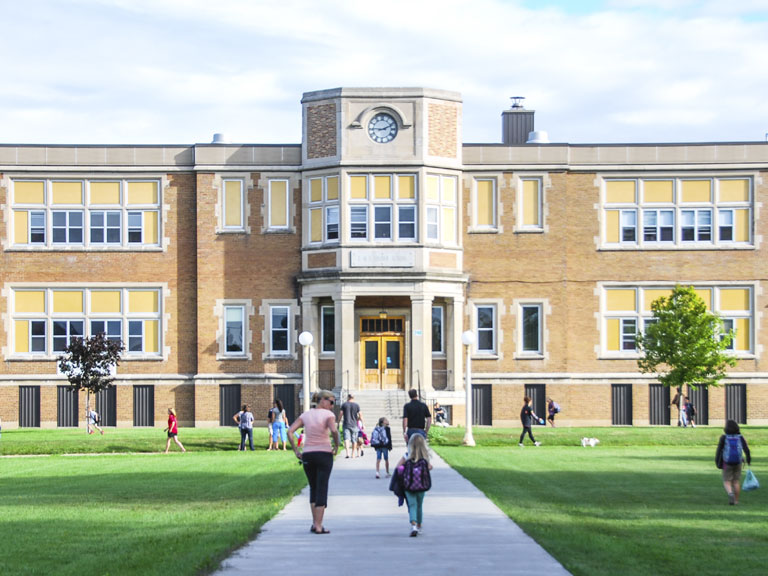County News
Good grades

Fraser Institute results show CML Snider School doing well
The Fraser Institute’s annual report card on the province’s elementary schools and the 2018 installment has now been released. The report saw CML Snider school in Wellington post the highest overall grade in the Hastings and Prince Edward Distrcit School Board (HPEDSB) at 7.5 out of 10. CML also saw a significant rise from 2017, when the school’s overall grade was 5.3 out of 10. CML’s rising grades in 2016 and 2017 have put the school into the top 25 per cent of elementary schools in the province this year, ranking 559 out of 3,046. As for the rest of the Hastings and Prince Edward School Board, the findings aren’t as rosy. The district received low grades on many of its facilities, the majority of which fell under 6 out of 10.
The Fraser Institute (FI) is considered to be the top public policy think tank in Canada and ranks in the top 25 think tanks worldwide. FI produces research about government actions that directly affect Canadians and their quality of life. Taxation, health care, aboriginal rights, education, and the environment are just a few of the areas where FI can weigh in.
The Report Card on Ontario’s Elementary Schools 2019 is a public document available through FI’s website, fraserinstitute.org, and is meant to be a tool for parents to analyze and compare the performance of any school in the province. The report card has been vital in assisting the facilitation of school improvements across the province by providing schools with a detailed list of deficiencies, which can quickly lead to an action plan and a starting line from which to begin. Doing well on the FI Report Card is considered be the benchmark for well-run schools in Ontario.
In a response to the Fraser Report, the Hastings and Prince Edward District School Board (HPEDSB) stated that its continued focus is on “supporting the achievement and well-being of each student we serve”, and that both school and board staff are proactive and use a wide variety of data from their own sources to assist in school improvement planning. Student work samples, classroom assessments, individual student achievement reports, school climate data and public EQAO results are all streams of information that the HPEDSB has at its disposal, allowing it to make informed decisions.
The statement from the HPEDSB went on say that the FI Report Card provides an incomplete picture of school effectiveness, and that a ranking system may not be the best avenue in this day and age.
“There is no evidence to show that ranking schools improves student learning. In addition, not all the measures used within the Fraser Institute report link directly to the work of the school. The big picture is that schools are dynamic, engaging learning communities where all students have numerous opportunities to be engaged in learning, physical activity and social interactions,” stated the HPEDSB in response to the FI Report Card.
The HPEDSB went on to state that school improvement planning is more of a holistic and contextual approach that takes into account everything from the goals of the school and its programs, to student voice and learning environments, as well as parent-teachercommunity relationships.

Comments (0)